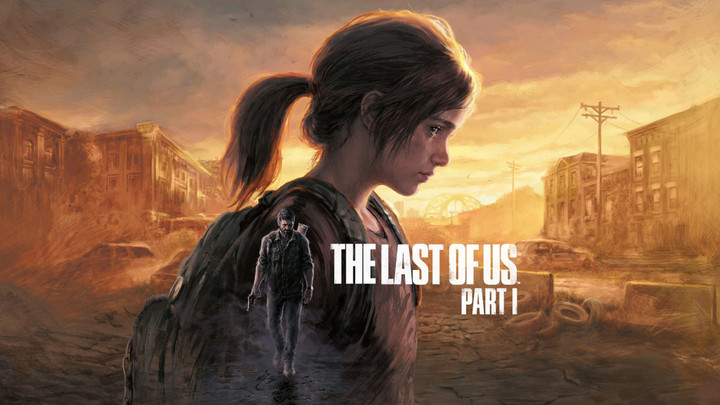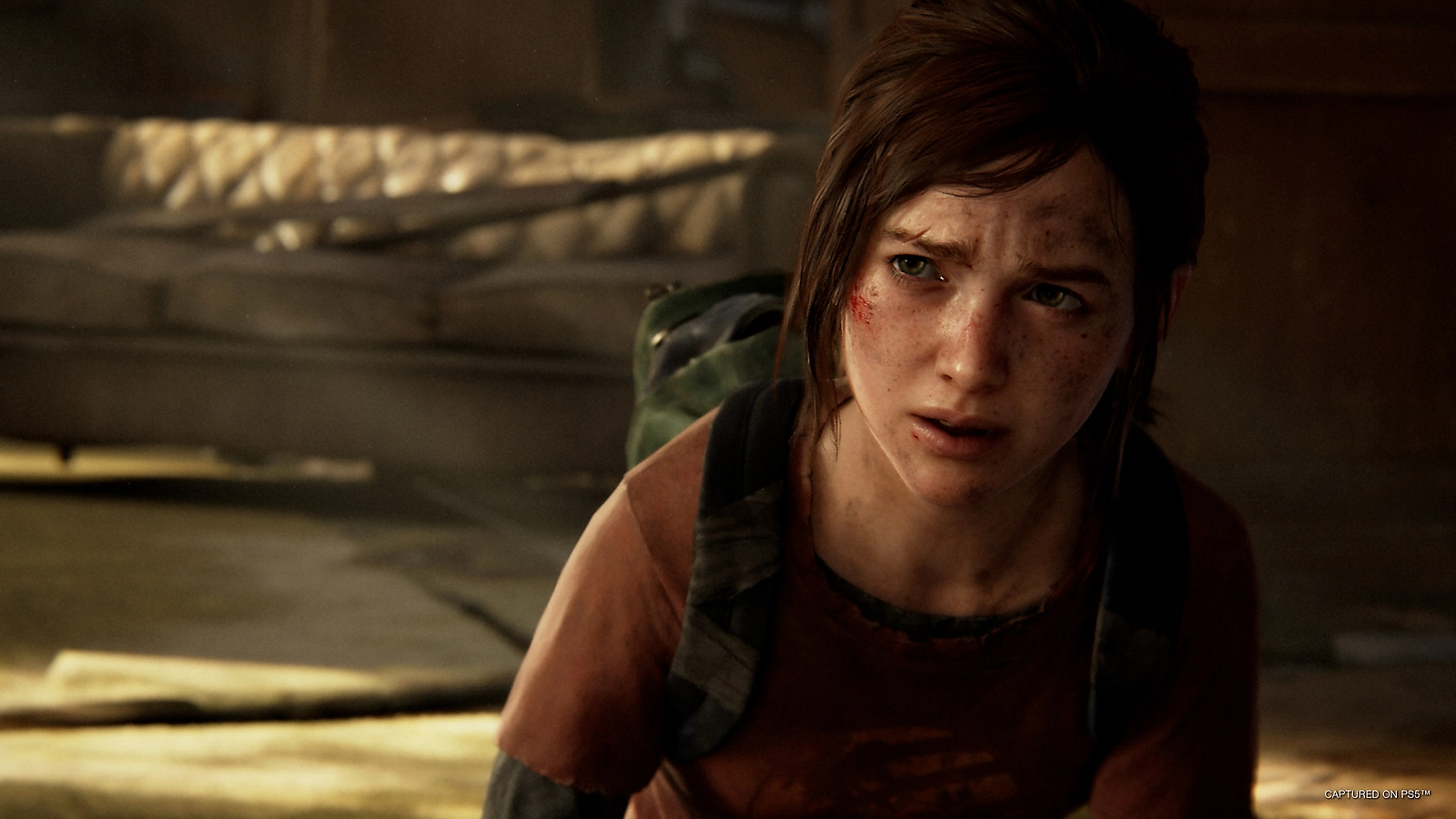In a generation where photo-realistic graphics take a backseat to hone other aspects of a video game, the folks at Naughty Dog remain adamant about producing games that deliver their multi-faceted narratives through their visuals as much as it does with other attributes of the games.
The Last of Us Part 1, the full-blown PS5 remake of 2013's The Last of Us, takes up that same approach. Unlike some other video game remakes these past couple of years, The Last of Us Part 1 primarily improves the game's already pretty visuals, adds more accessibility options, enhances but not overhauls the gameplay, and leaves the brutal post-apocalypse storytelling untouched.
In short, The Last of Us Part 1 is a different kind of a remake, especially when compared to the likes of Resident Evil 2 or Final Fantasy 7. It makes subtle changes to the original at a hefty price of $70. However, a lot here doesn't immediately meet the eye, and the real question here is not whether the game is worth the 70$ price but whether these subtle improvements from the original are significant or not.
Visually Evocative

Before we get into the details, it's essential to add that I was one of those people who weren't exactly sold on this being primarily a visual overhaul.
In my opinion, The Last of Us on PS3 and The Last of Us Remastered on PS4 and PS5, while not the eye candies they used to be, still hold up pretty well.
Given that The Last of Us Remastered is so readily available on these platforms, this remake felt like an afterthought, at least to me. If you had read my article, "The Real Issue With The Last of Us Remake And Naughty Dog," you would know my exact thoughts going into this release.
However, my opinion on this release quickly escalated in a different direction as I booted up the game and spent some time with it. It's also when I realized what this remake is actually about.
Returning to The Last of Us via The Last of Us Part 1 is a familiar yet exciting experience. It's like meeting that one college friend ten years later when both of you are much more sophisticated.
The frown on Ellie’s face when Sam asks her, “What are you scared of?" The fading green wallpaper on a house had seen more death than life. The whites in Joel's aging beard when he wakes up twenty years after the beginning of the end.
These are just a few of the many visual cues in The Last of Us Part 1 that reminded me how impactful a graphical update could be in a video game whose backbone is its narrative.
The Last of Us Part 1 doesn't change the original's narrative, but this visual overhaul makes every cutscene more intense and every death more painful, which makes the moment-to-moment story all the more engaging.
While visuals can take a back seat in a wide variety of video games, in The Last of Us Part 1, it's a force that elevates the game's storytelling. This realization is essential to understand why The Last of Us Part 1 exists and how it enhances the experience for both veteran fans and newcomers.
Games like Resident Evil 2 and Final Fantasy 7 have intriguing plots, but they are not necessarily character-driven stories where a character's facial animation would directly impact the game experience.
The Last of Us, on the other hand, needs those top-notch visuals to make the game inherently better, and The Last of Us Part 1 does exactly that.
It's just not just the upgraded cutscenes that significantly enhance the experience. Environmental storytelling benefits the most with this upgrade.
Exploring the dilapidated buildings and alleyways of Boston in The Last of Us Part 1 is a rich experience, even more so than the original.
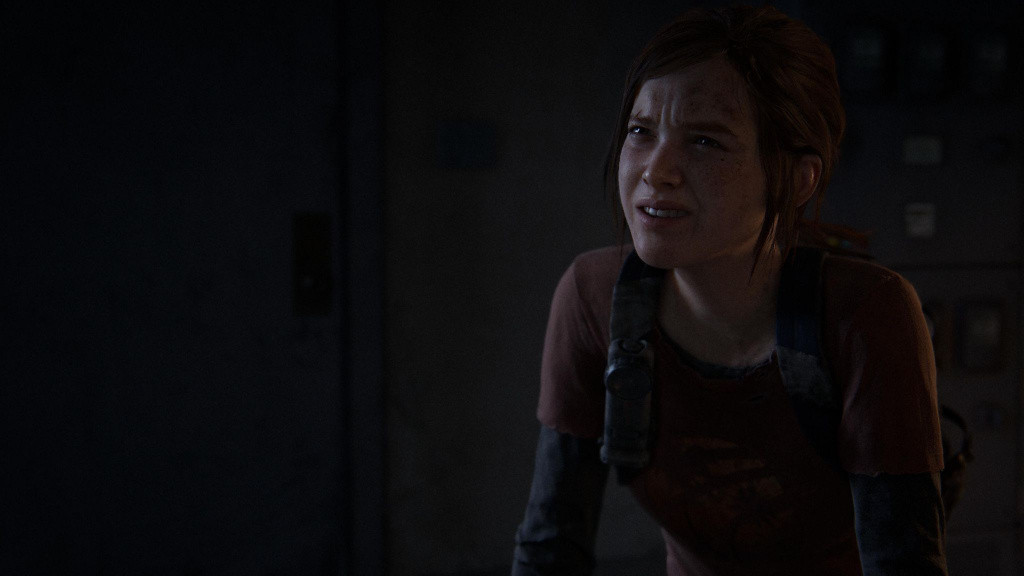
The smoke rising from the church in Bill's Town is much more evident from a distance, thanks to the increased draw distance. Noticing the tadpoles in the puddles formed by rain in the forgotten backyards is an invigorating experience. Every crease on untucked dirty bedsheets and the rotting dishes in a deathly house all adds to the narrative. Everything tells a story.
It's not as if the small details like these weren't evident in the original, but they are so much more vivid this time around.
The Last of Us Part 1 doesn't just enhance the game's narrative through its eye candy visuals, but it also changes how certain narrative moments are delivered and perceived by the audience.
Cutscenes have undergone fundamental changes, and you would notice different camera angles and fields of view in some of them.
For example, the camera angle in the starting scene after Sarah gives Joel the watch is pulled backward instead of left, giving you a glimpse of Sarah's pink nail polish on her feet, which you might not have noticed in the original due to the camera placement.
It's just one of the remake's many heart-fluttering moments; a diligent addition that contributes towards enhancing the game's narrative and ultimately making it overall better.
If ain't broken, don't fix it
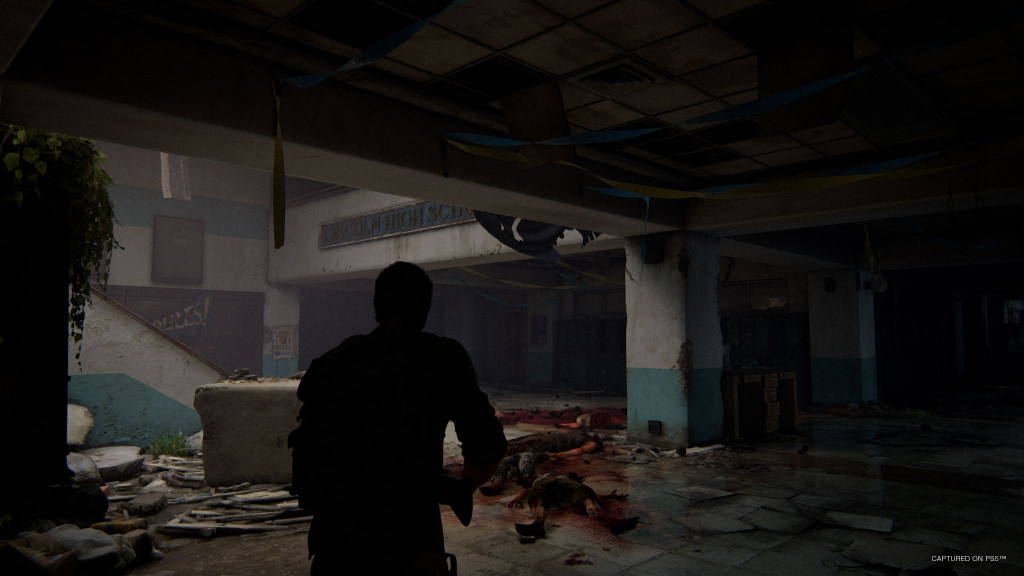
Aside from the visuals. The Last of Us Part 1, pretty much follows the "if ain't broken, don't fix it" mantra for other aspects of the game - story and gameplay. The various character interactions, dialogues, plot, and ending remain the same. The combat, for better and worse, remains surprisingly intact as well.
One of the prominent issues in the original was the absurd AI behavior of companions in nail-biting combat encounters, and sadly this issue doesn't seem to have been fixed in the remake.
I often found Ellie crossing and stumbling through enemy paths without getting detected. It's surprising how Naughty Dog didn't fix the one glaring issue everyone had with the original.
The enemy AI, on the other hand, did receive an overhaul, with most of the human enemies being much more aggressive and communicative this time around.
And yes, like in The Last of Us Part 2, they now react to the death of their partners and friends though not as often as I would have expected them to do.
The combat and traversal work pretty much the same way as well, and while I did miss not being able to prone and shoot like Ellie in The Last of Us Part 2, the truth is, such an addition would have made no sense in The Last of Us Part 1.
I mean, the young and ferocious Abby and Ellie might not mind scraping their elbows every time they prone beneath a car after spotting an enemy, but I have a pretty strong notion that Joel, a 50 plus years old man, won't enjoy being in such a position, not once, not more than that.
As such, The Last of Us Part 1 plays the same way as the original, which some may find disappointing, but I didn't have any issues with it.
This, however, doesn't mean there are no tweaks at all. Like other first-party games, The Last of Us Part 1 takes advantage of the many features of the DualSense controller.
I'm not a fan of DualSense's features, primarily because the implementations are not satisfactory in most titles.
While games like Returnal and Horizon Forbidden West do a fine job executing DualSense's haptic feedback, I would rather see something like that replicated in a survival horror game.
In my opinion, Resident Evil Village overdid the haptic implementation. At one point, I shut them off completely to avoid having a sore index finger from using a shotgun or a sniper.
Fortunately, The Last of Us Part 1 keeps the haptics somewhere between "oh it's negligible" and "oh it's too much," and while it isn't game-changing, it's also not game-breaking.
Thanks to the haptics, every weapon feels like it has some weight when equipped.

Shotgun and Rifle lean on the heavier side, compared to the Pistol and Revolver, and the recoil is much more evident. You can feel the tension of the bows in your hands, and while it's not as effective as it's in Horizon Forbidden West, it's decent enough.
I enjoyed the feel of weapons on the DualShock 3 controller in the original, so it's not surprising that I like them here on the DualSense.
However, I didn't expect the DualSense controller to change how I feel about some of the game's weapons. The Shorty immediately became my favorite weapon in The Last of Us Part 1 because of how well the haptics and rumbles felt while using it, and I ended up using it all the time.
The combat in The Last of Us is an anxiety-inducing game of cat and mouse. It's brutal, unpredictable, and requires patience. It's easily one of the most basic stealth combat systems ever, but it works because of how well these encounters are tucked between crucial narrative moments. The impeccable pacing of the game also prevents these encounters from becoming stale, something that happens a lot in The Last of Us Part 2.
One big game-changing addition to The Last of Us Part 1, however, is the insane number of accessibility options. From visual to hearing aids and cognitive and mobility options, there's plenty that you could benefit from here.
The Last of Us came out when game devs didn't emphasize making their games more readily available, so having these options in the remake feels like a welcome addition. If not for you, one of these accessibility options could be the reason someone get to experience this game, and that's a win in my book.
Aging like a fine wine

From hearing the first melancholic strums of Gustavo Santaolalla's Ronroco in the main menu to hearing it again twelve hours later when the credits roll, The Last of Us remains an incredibly cathartic video game experience even nine years after it first launched.
There is no shortage of post-apocalyptic games, music, and TV series in the market, especially now, but amidst everything, The Last of Us stands impeccably tall because of how humane it is.
Joel and Ellie's journey across the disheveled United States works because of the excellent balance between immersive story beats, thrilling combat encounters, and the serene retrospective moments in between.
Every bump in the road, every narrow escape, every death, every mundane conversation, and every moment of hope and despair brings them closer.
Ellie's curiosity and questions about the world before her time lead to some evocative moments for Joel and us, who experience this story through his shoulders.
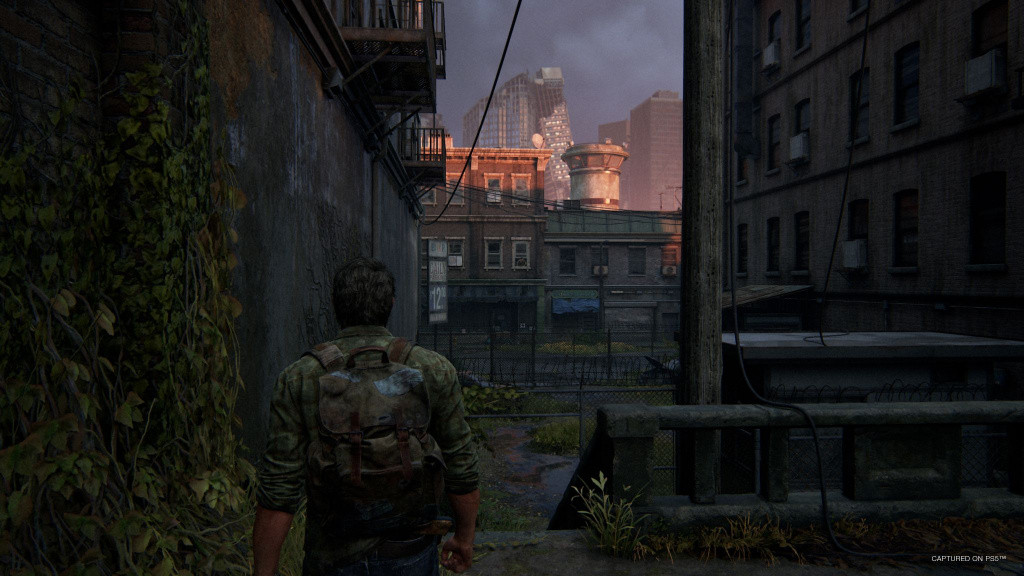
Everything in The Last of Us is there for a reason. From abandoned coffee shops to untamed bookstores. Dilapidated hotels to deathly caves, and of course, ice-cream vans. Everything present here provokes us to reminisce about the bygone days.
Through reminiscing comes clarity, and through clarity comes acceptance. By inducing these powerful emotions, The Last of Us excels in being a tremendous post-apocalyptic adventure, especially in a year of a pandemic where you and I have experienced losses and where survival guilt is very much real.
The Last of Us Part 1 heightens this experience by modernizing the visuals that intensify the narrative. While the combat remains pretty much the same, the new DualSense implementations make it more satisfying, not to mention the vast array of accessibility options that breathe new life into the game.

 No ads, our video library,
No ads, our video library,
